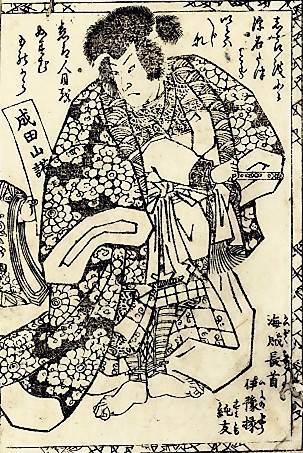Fujiwara Sumitomo on:
[Wikipedia]
[Google]
[Amazon]
 was a Japanese Heian era court noble and warrior. From 939 to 941 he aided the
was a Japanese Heian era court noble and warrior. From 939 to 941 he aided the
of Hizen province.
of Hizen province.
 was a Japanese Heian era court noble and warrior. From 939 to 941 he aided the
was a Japanese Heian era court noble and warrior. From 939 to 941 he aided the Taira clan
The Taira was one of the four most important clans that dominated Japanese politics during the Heian, Kamakura and Muromachi Periods of Japanese history – the others being the Fujiwara, the Tachibana, and the Minamoto. The clan is divided ...
in a series of revolts.
Sumitomo built his power base in Northern Kyushu
is the third-largest island of Japan's five main islands and the most southerly of the four largest islands ( i.e. excluding Okinawa). In the past, it has been known as , and . The historical regional name referred to Kyushu and its surroun ...
. After making a secret agreement with Taira no Masakado, who was leading a revolt in Shimōsa Province, Sumitomo led his own revolt in Iyo province in 939, and soon afterwards invaded the provinces of Harima
or Banshū (播州) was a province of Japan in the part of Honshū that is the southwestern part of present-day Hyōgo Prefecture. Harima bordered on Tajima, Tanba, Settsu, Bizen, and Mimasaka Provinces. Its capital was Himeji.
During the ...
and Bizen. The revolt quickly spread throughout the whole San'yō region.
Pursued by imperial forces led by Ono no Yoshifuru and Minamoto no Tsunemoto
was a samurai and Imperial Prince during Japan's Heian period, one of the progenitors of the Seiwa Genji branch of the Minamoto clan. He was a son of Sadazumi-shinnō and grandson of Emperor Seiwa. Legend has it that Tsunemoto, in his childhood, ...
, Sumitomo fled to Dazaifu, burning down the Dazaifu headquarters before he was defeated in battle at Hakata Bay
is a bay in the northwestern part of Fukuoka city, on the Japanese island of Kyūshū. It faces the Tsushima Strait, and features beaches and a port, though parts of the bay have been reclaimed in the expansion of the city of Fukuoka. The bay ...
. He then fled back to Iyo province, where he was captured. He was executed shortly afterwards, in 941, by Tachibana no Tōyasu The term has at least two different meanings, and has been used in several contexts.
People
* – a clan of ''kuge'' (court nobles) prominent in the Nara and Heian periods (710–1185)
* – a clan of ''daimyō'' (feudal lords) prominent in the Mu ...
.
His father was Fujiwara no Yoshinori Fujiwara (, written: 藤原 lit. "''Wisteria'' field") is a Japanese surname. (In English conversation it is likely to be rendered as .) Notable people with the surname include:
; Families
* The Fujiwara clan and its members
** Fujiwara no Kamatari ...
, and he was the ancestor of the Arima clan
The is a Japanese samurai family. Papinot, Jacques Edmond Joseph. (1906). ''Dictionnaire d’histoire et de géographie du Japon''; Papinot, (2003).html" ;"title="DF 6-7 of 80">"Arima," ''Nobiliare du Japon'', pp. 2-3 DF ...
of DF 6-7 of 80/nowiki>">DF ...References
* * * {{DEFAULTSORT:Fujiwara no, Sumitomo Fujiwara clan">Hizen province">DF 6-7 of 80/nowiki>">DF ...References
* * * {{DEFAULTSORT:Fujiwara no, Sumitomo Fujiwara clan 941 deaths Year of birth unknown Deified Japanese people Executed Japanese people People executed by Japan